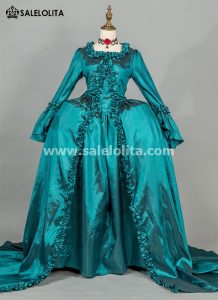Throughout history, varying standards of beauty have dramatically shifted, reflecting the societal and cultural values of different eras. The Renaissance, a fervent period of European cultural, artistic, political, and economic rebirth following the Middle Ages, was no exception. This epoch, spanning from the 14th to the 17th century, heralded a renewed interest in classical philosophy, literature, and art, aspects profoundly reflected in the physical beauty ideals of the time, particularly the 'Renaissance face type.'
The Renaissance face type refers to the specific set of facial characteristics deemed beautiful during the Renaissance period. Unlike the modern obsession with slender figures and angular cheekbones, the beauty standards of this era embraced a full, rounded face, often accompanied by a soft, slightly double chin. High foreheads were highly prized, leading many women to pluck their front hairlines to achieve this look. Additionally, pale skin was a sign of nobility and leisure, as it indicated a life exempt from outdoor labor.

Interestingly, these beauty ideals also interplayed with fashion trends of the era, including the elaborate and luxurious rococo dress. The rococo dress was a later development, emerging in the early 18th century as part of the Rococo art movement, which followed the Renaissance and Baroque periods. Though not contemporaneous, the garment's intricate designs and delicate fabrics complemented the full, soft facial features popularized during the Renaissance. The dress emphasized the contrast between the indulgent, often voluminous materials used in its construction, and the delicate, almost fragile beauty of the wearer, thereby highlighting the society's ongoing fascination with dichotomies within ideals of femininity.
Moreover, the Renaissance face type underscored a deeper societal implication. The robust, healthy appearance was not merely about aesthetics; it was often interpreted as a reflection of one's moral character. In a time when famine and disease were prevalent, full cheeks and a healthy complexion were subconsciously equated with stability, wealth, and inner virtue, all desirable and respected qualities.
Analyzing historical beauty standards, like the Renaissance face type, is crucial for understanding the complexities of societal norms of the past. It sheds light on the intricate ways fashion, art, and cultural values intertwine, influencing and mirroring each other across different historical periods. While the standards have significantly evolved, they continue to shape and reflect the multifaceted nature of human beauty and cultural expression.
